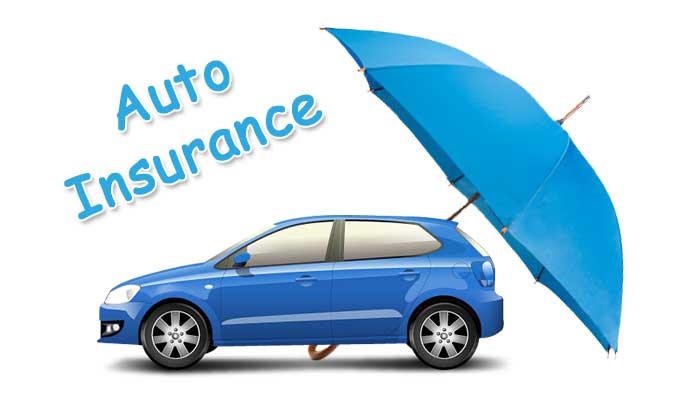Auto Insurance: How to Lower Your Premium
Auto insurance is a necessity for anyone who drives, but that doesn’t mean you have to overpay for it. With a bit of knowledge and a few smart moves, you can significantly reduce your car insurance premium without compromising coverage. This guide will walk you through proven strategies to lower your auto insurance costs and keep more money in your pocket.
1. Shop Around for the Best Rates
Insurance companies price policies differently, even for the same driver profile. Don’t settle for the first quote you receive.
- Get at least 3 quotes from different insurers.
- Use comparison websites to check multiple providers at once.
- Review rates annually or whenever your policy is up for renewal.
Pro Tip: Local or regional insurers can sometimes offer better rates than national brands.
2. Bundle Insurance Policies
Most insurers offer discounts if you buy more than one type of insurance from them (like auto + home or renters).
- Easier policy management
- Discount of 5–25% depending on the provider
3. Increase Your Deductible
Your deductible is the amount you pay out of pocket before your insurance kicks in. Raising it can lower your monthly premium.
Example:
- $250 deductible = higher premium
- $1,000 deductible = lower premium
Caution: Only raise it to an amount you could afford to pay in case of an accident.
4. Maintain a Clean Driving Record
Your driving history is one of the biggest factors in your insurance cost. Accidents, speeding tickets, and other violations will raise your premium.
- Drive defensively
- Avoid distracted driving
- Attend safe driving courses (some insurers offer discounts for completion)
5. Take Advantage of Discounts
Insurance companies offer many discounts—some of which you may not know about.
- Good driver
- Low mileage
- Good student
- Defensive driving course
- Anti-theft device
- Paid-in-full discount
- Paperless billing or auto-pay
6. Choose the Right Car
The make and model of your vehicle greatly impacts your premium.
- Generally Cheaper to Insure: Family sedans, small SUVs, hybrids, economy cars
- More Expensive: Sports cars, luxury vehicles, high-theft models
Before buying a new car, get insurance quotes to see how the cost will change.
7. Limit Unnecessary Coverage
Review your policy and remove coverage you may not need.
- Collision/comprehensive on older cars
- Rental reimbursement
- Roadside assistance (if you already have another service like AAA)
8. Improve Your Credit Score
In many states, your credit score affects your car insurance premium. A better score = lower rates.
- Pay bills on time
- Reduce credit card balances
- Check and fix credit report errors
9. Drive Less (If Possible)
Low-mileage drivers often qualify for discounts. If you drive under 7,500–10,000 miles a year, ask your insurer about a low-mileage discount.
Some companies also offer usage-based insurance (UBI) that tracks your driving habits via a mobile app or plug-in device—if you drive safely, you could save.
10. Review Your Policy Regularly
Your insurance needs may change with time. Set a reminder to review your policy at least once a year or when:
- You move to a new zip code
- You change jobs or work from home
- Your teen driver goes to college without a car
Conclusion
Car insurance is essential, but it doesn’t have to be expensive. By being proactive, comparing quotes, maximizing discounts, and adjusting your policy smartly, you can dramatically cut your premium without sacrificing the coverage you need.
💡 Final Tip: Loyalty doesn’t always pay—regularly shopping for better rates ensures you’re never overpaying.


